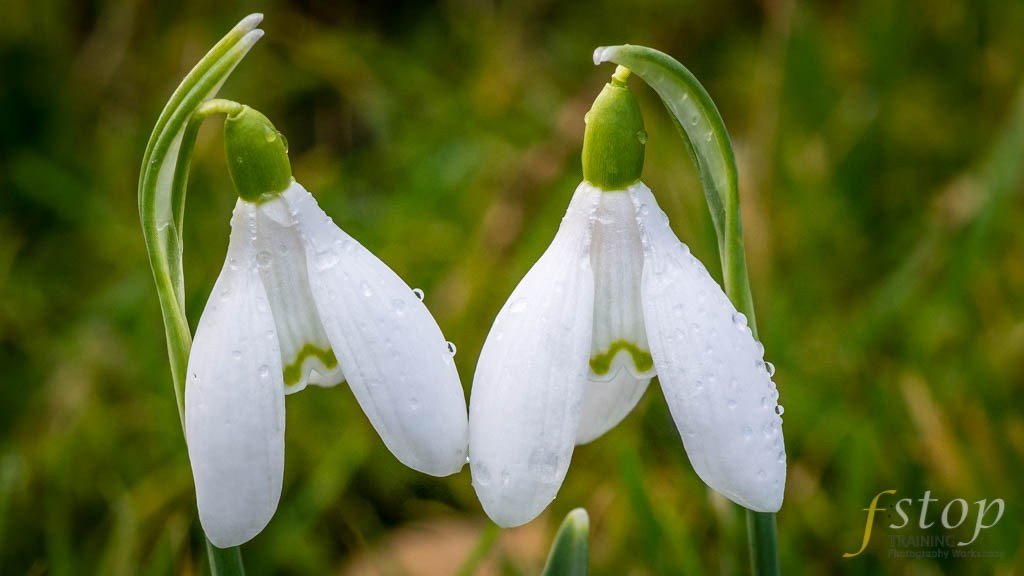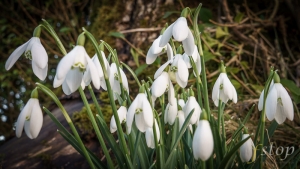With spring gradually creeping its way towards us, it may be a good time to talk about photographing wild flowers. So here are some of our tips to help you get better results when photographing wild flowers.
- Don’t go out on the bright sunny days. Strange as this may sound, it is better to wait for the overcast days, and there is no shortage of them. If you try photographing wild flowers in bright sunlight you will get images that are too high in contrast. The white petals will be blown out and flat and there will be hard shadows. Most wild flowers are delicate and this harsh lighting would just be wrong. The clouds of an overcast day act like a gigantic diffuser and produce a much more pleasing light.
- Use a tripod as often as possible. It’s no secret that using a tripod can be a cumbersome inconvenience but it can also ensure that your images are pin-sharp. Additionally, using a tripod will force you to slow down and take more care over the composition of your image. Since most wild flowers in springtime are close to the ground, you will only need a small tripod.
- If possible use a dedicated macro lens or the macro setting on your camera. The wild flower is supposed to be the main subject matter of the image and shouldn’t be surrounded by clutter. Shooting in macro mode will allow you to get closer and use the resulting shallow depth of field to blur the background.
- Decide which part of the wild flower is of most interest and try to position your camera square on to this part. This will ensure it is recorded in full sharpness by your camera’s sensor. This is another reason where taking the time to position a tripod will result in a more pleasing image.
-
Do some gardening. Photographing wild flowers in spring means that there will be a lot of dead debris lying around after the winter. There will be dead brown leaves, twigs and maybe even some plastic bags lying around which can all detract from the composition of your photograph. Gently move them out of the frame, taking care not to damage the wild flowers themselves.
- You may find that you are troubled by wind! Any time you are using macro outdoors, you will be troubled by wind. Even the slightest of breezes will cause a subtle movement of the wild flower and this movement is amplified when you are shooting in macro. There are two ways to overcome this; use a fast shutter speed (at least 1/200 sec) or use a flash. However, you must have the flash set to its lowest setting, or a dedicated macro setting and the flash should be either diffused or bounced to avoid harsh shadows.
- Try to pick a wild flower that is in good shape. This speaks for itself really.
We hope this helps and please let us know if we have missed anything. If you have some examples of wild flowers you have photographed, you can upload to us and we will feature them in a gallery for you.









Leave A Comment